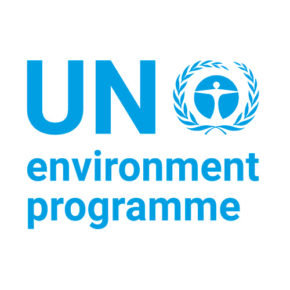The Role of Packaging Regulations and Standards in Driving the Circular Economy - UN Environment Programme
The development of packaging policies stems from intersecting challenges being faced by economies across the world. On one hand, growth in population has led to an increase in consumption and consequently an increase in the amount of per capita waste generation. Household waste generated contains increasing amounts of packaging waste and, more specifically, plastic packaging waste. On the other hand, existing municipal waste management infrastructure is struggling to keep up with basic collection of waste and is far from equipped handle plastic packaging waste by means that would result in recovery of material by recycling. Most of the plastic packaging waste ends up in the landfill or worse still, leaks into the environment.
To confront the growing crisis of plastics leaking into the environment (particularly the marine environment ), packaging policies are required to address the intersecting challenges of increasing packaging waste (plastics packaging waste in particular) and the limitations of existing municipal waste management infrastructures.
Plastic packaging discussed in this report is defined as plastic materials used to cover and package consumer products. Plastic packaging generally refers to primary, secondary, and in some instances tertiary packaging materials.
Whilst there is a lack of definition and standards with respect to plastic packaging waste in ASEAN, this report defines plastic packaging waste as plastic packaging materials which are either disposed of in the landfill or leaked into the environment. Post-consumer packaging collected by the formal and informal sector for recycling is also covered within this report.


